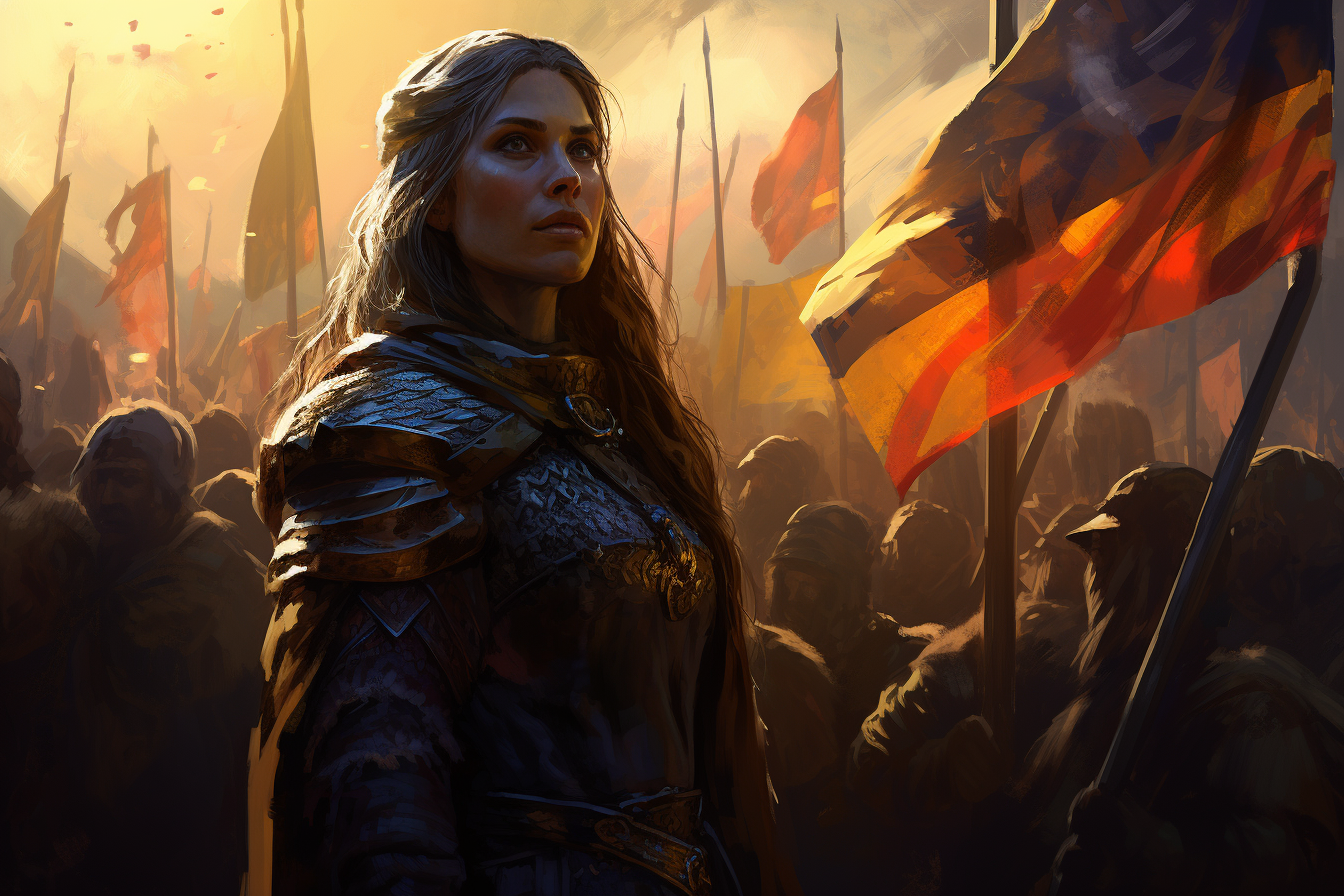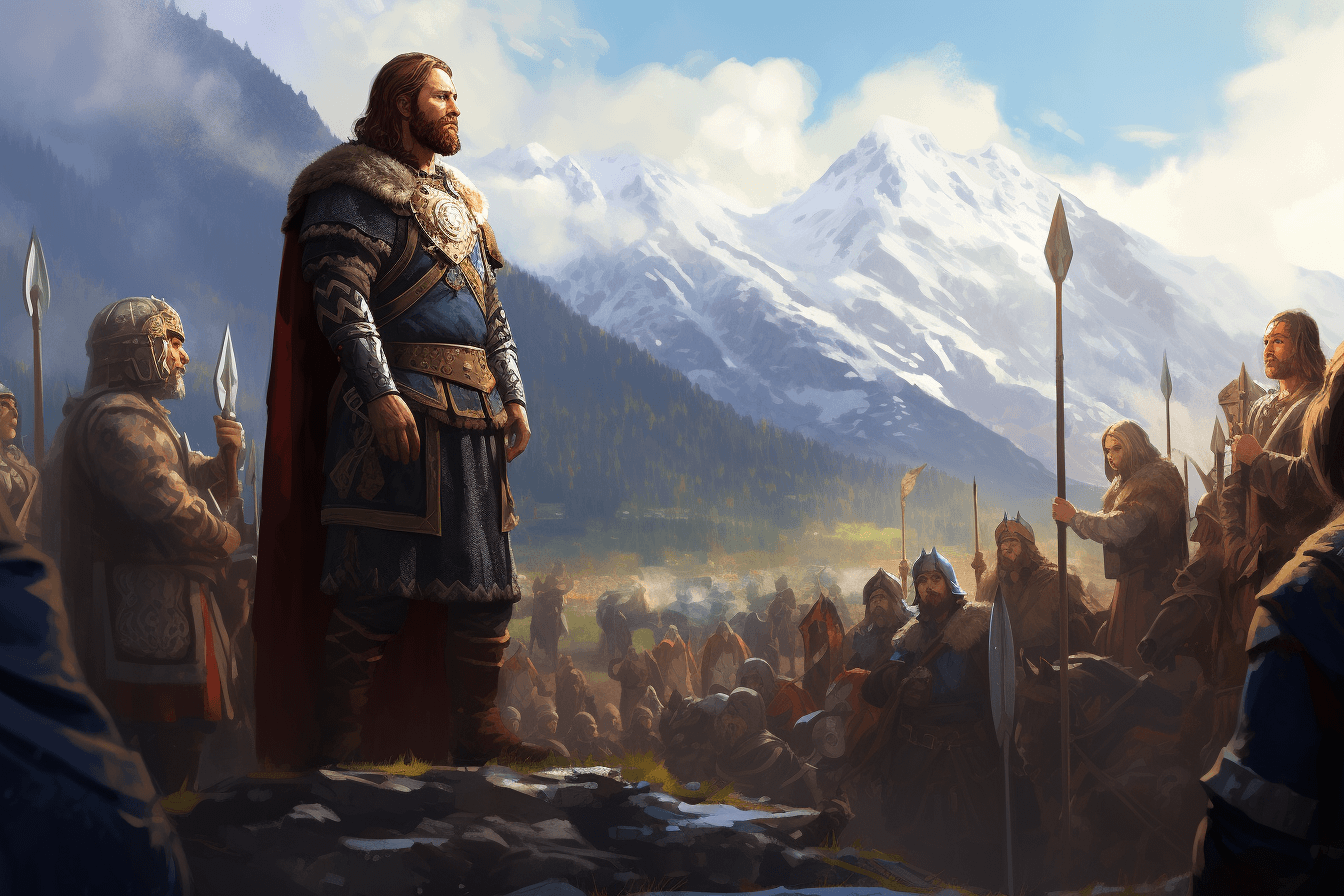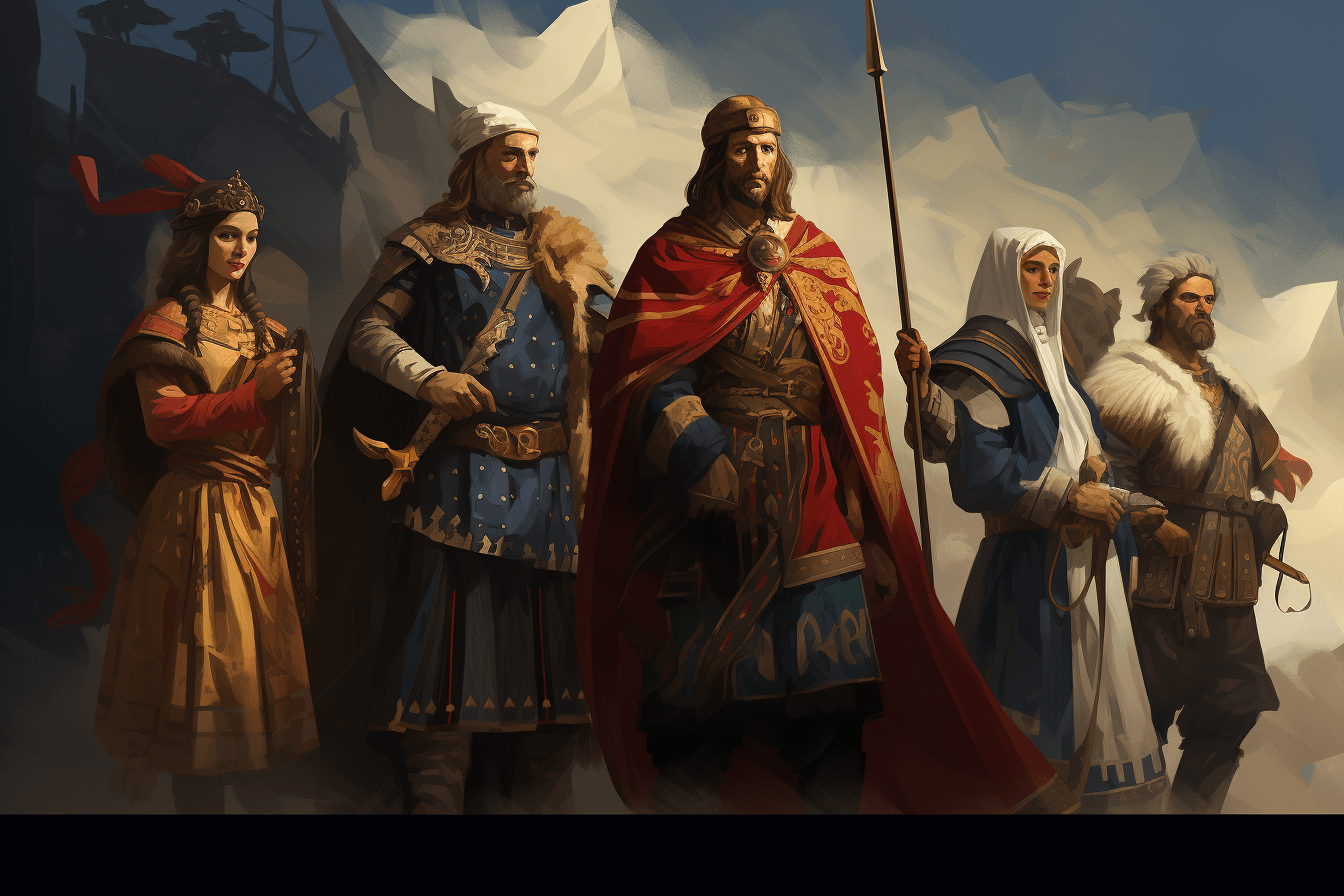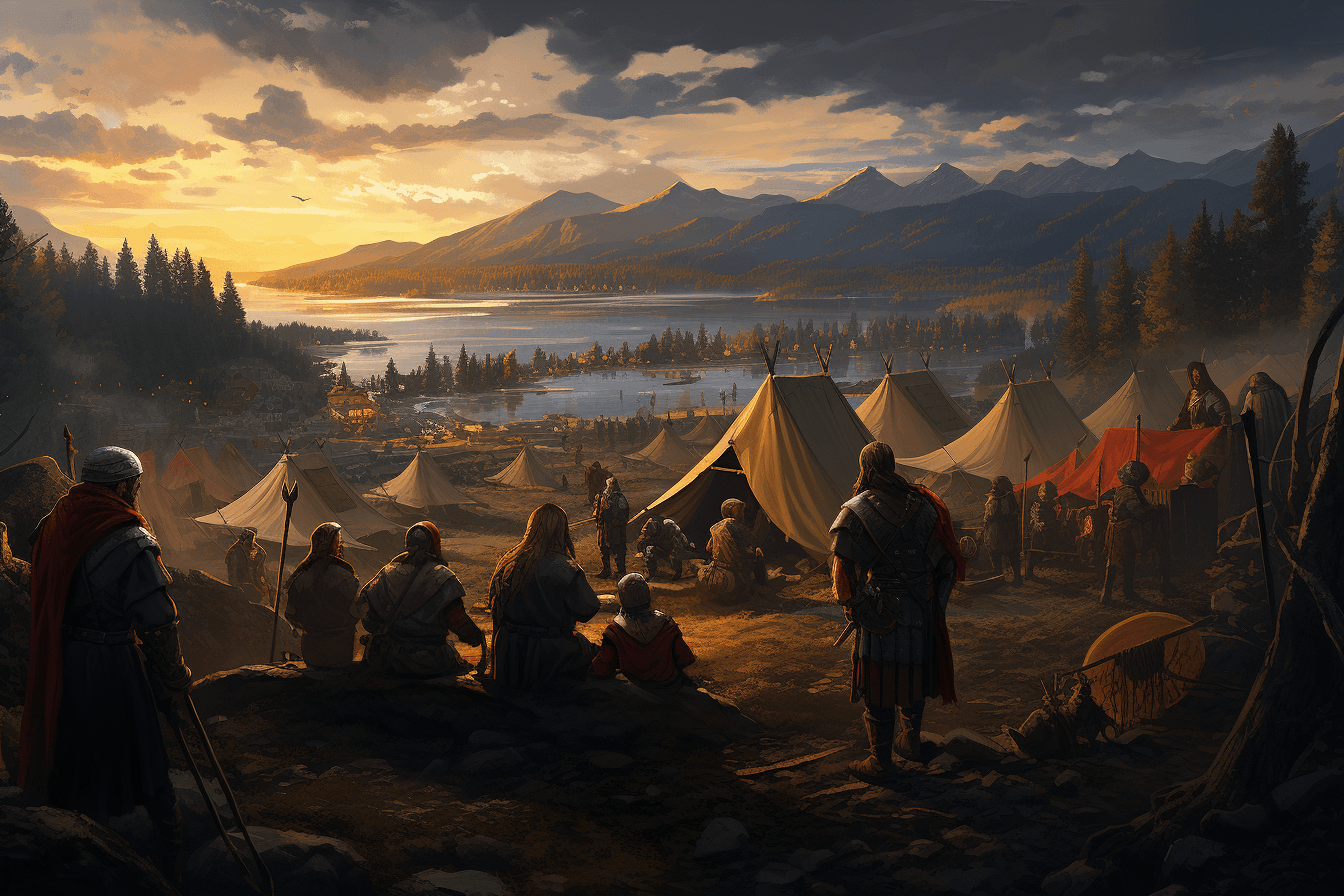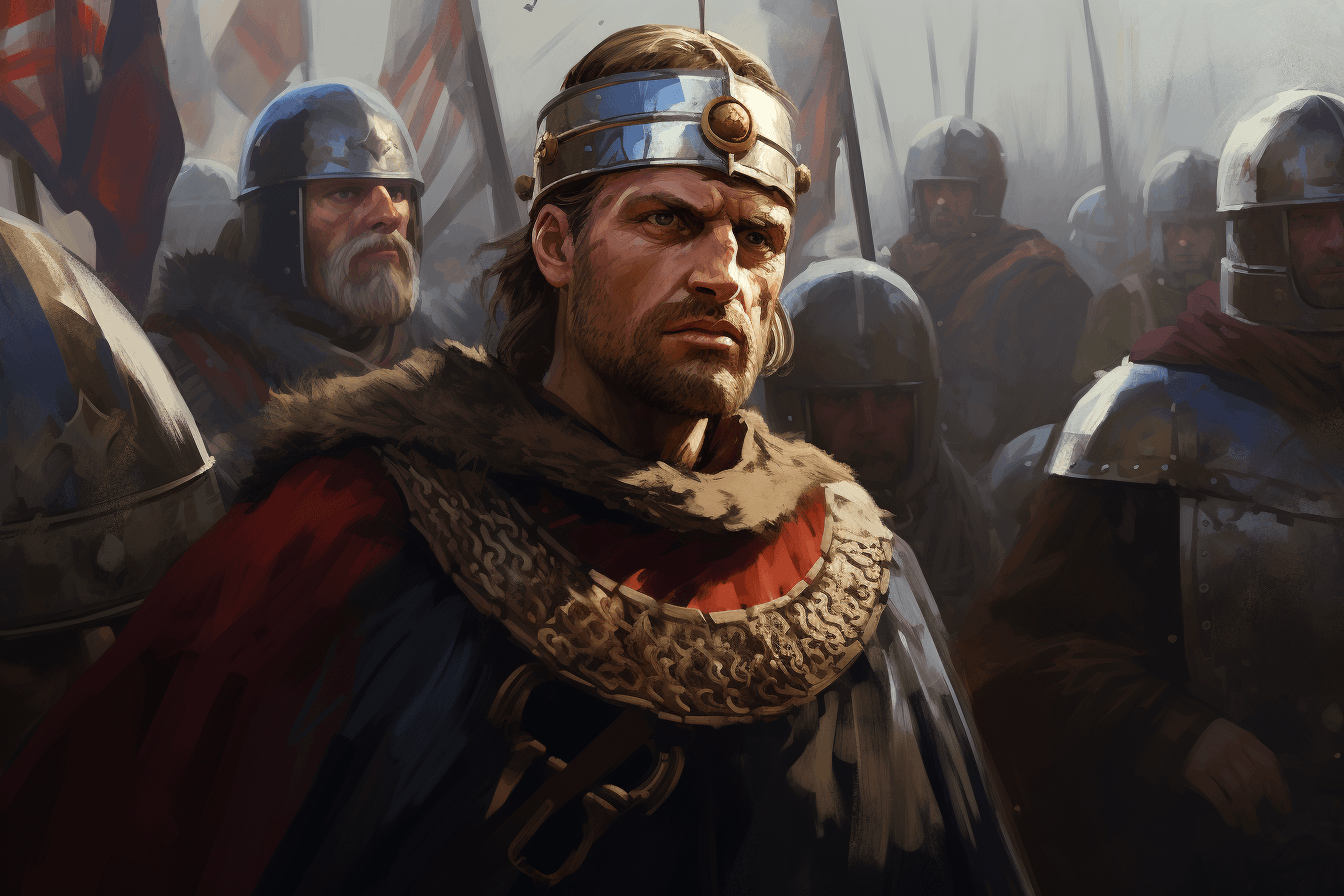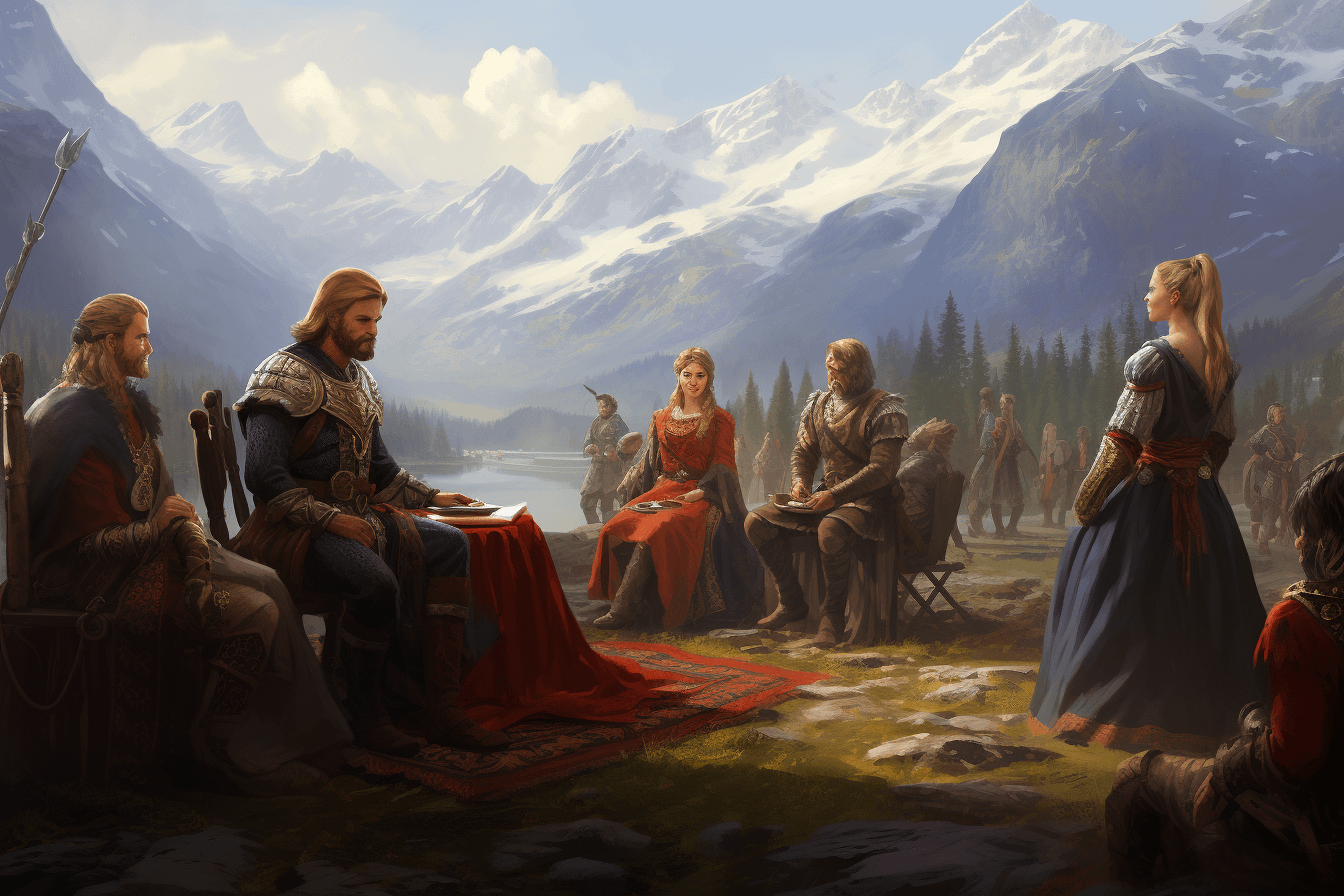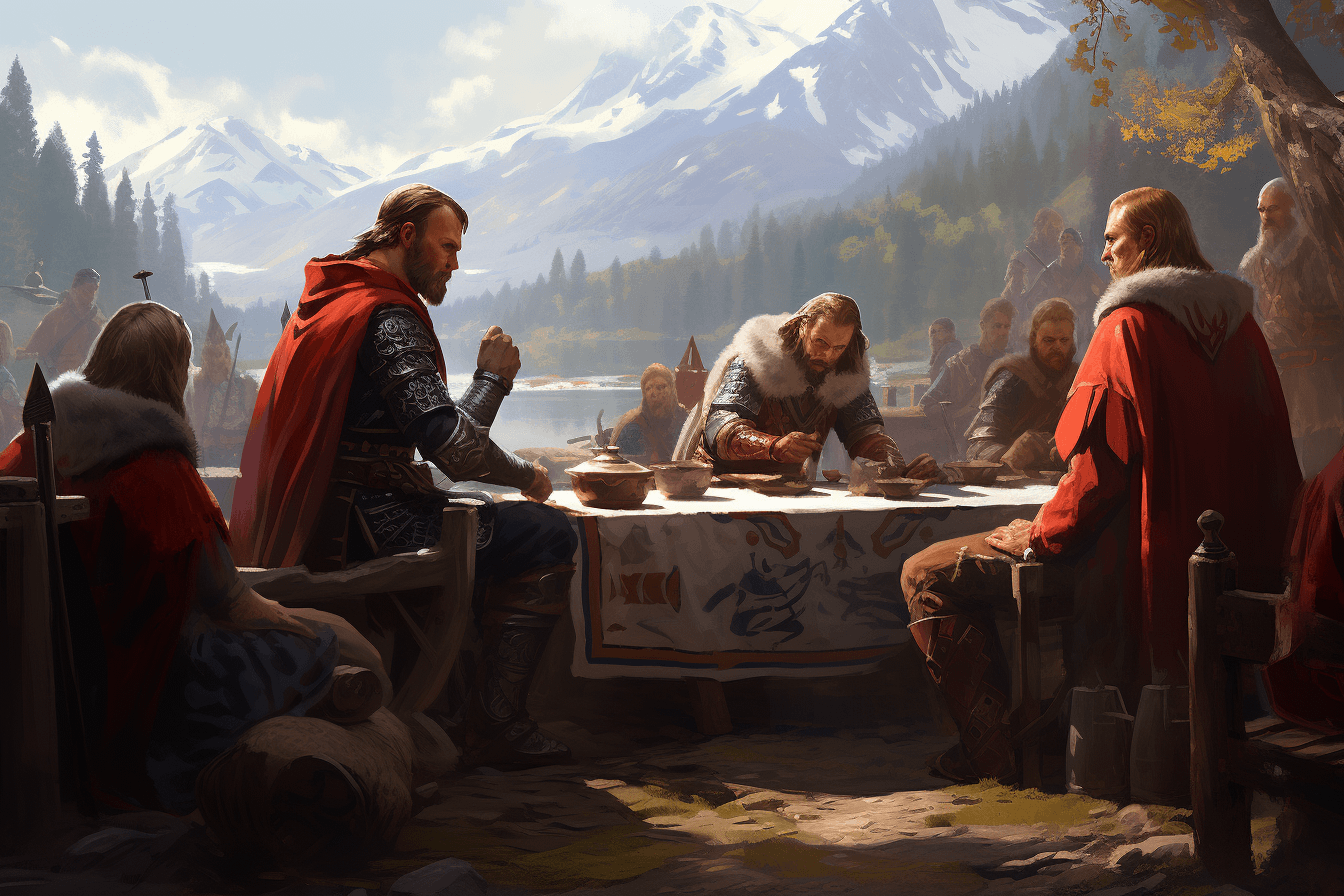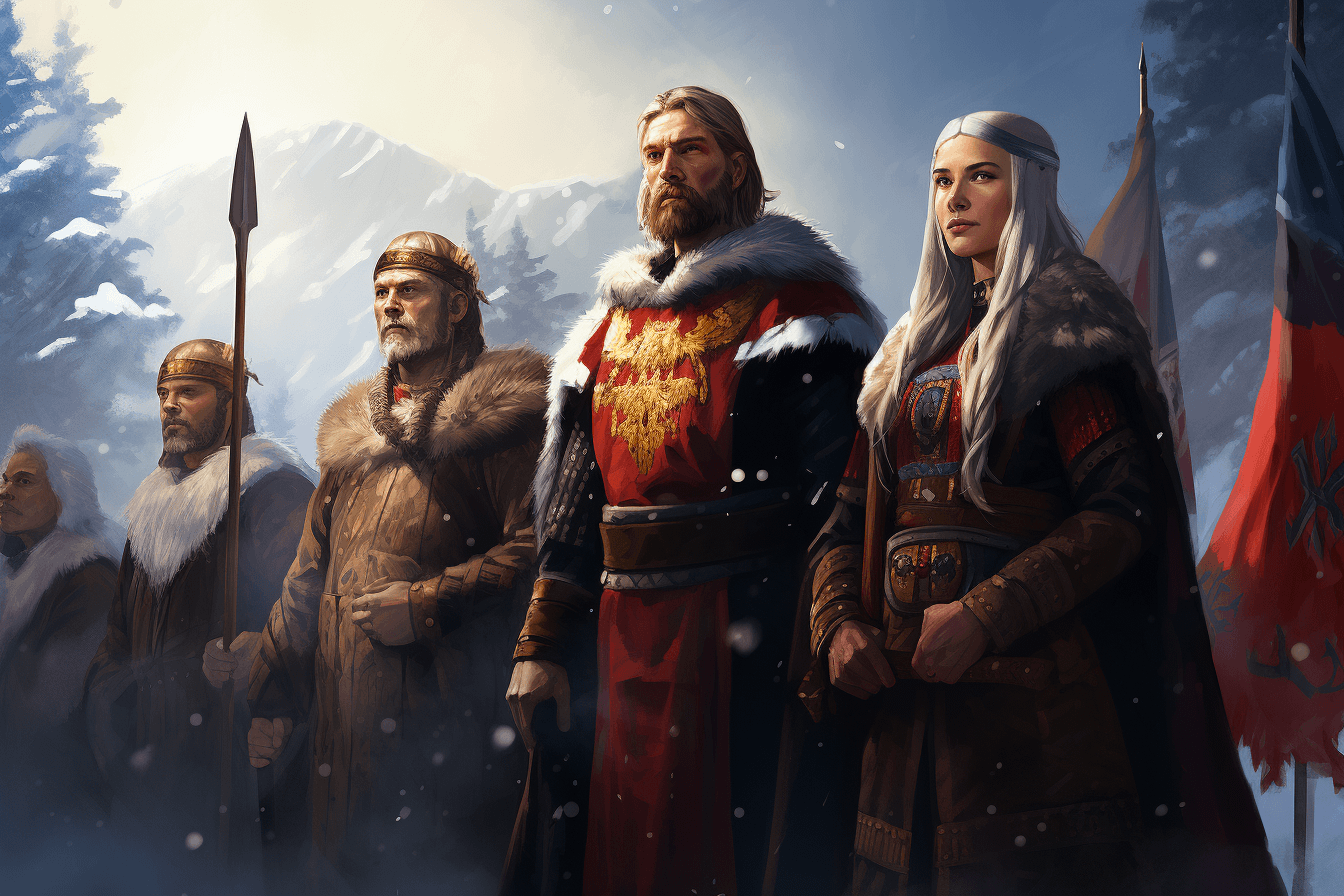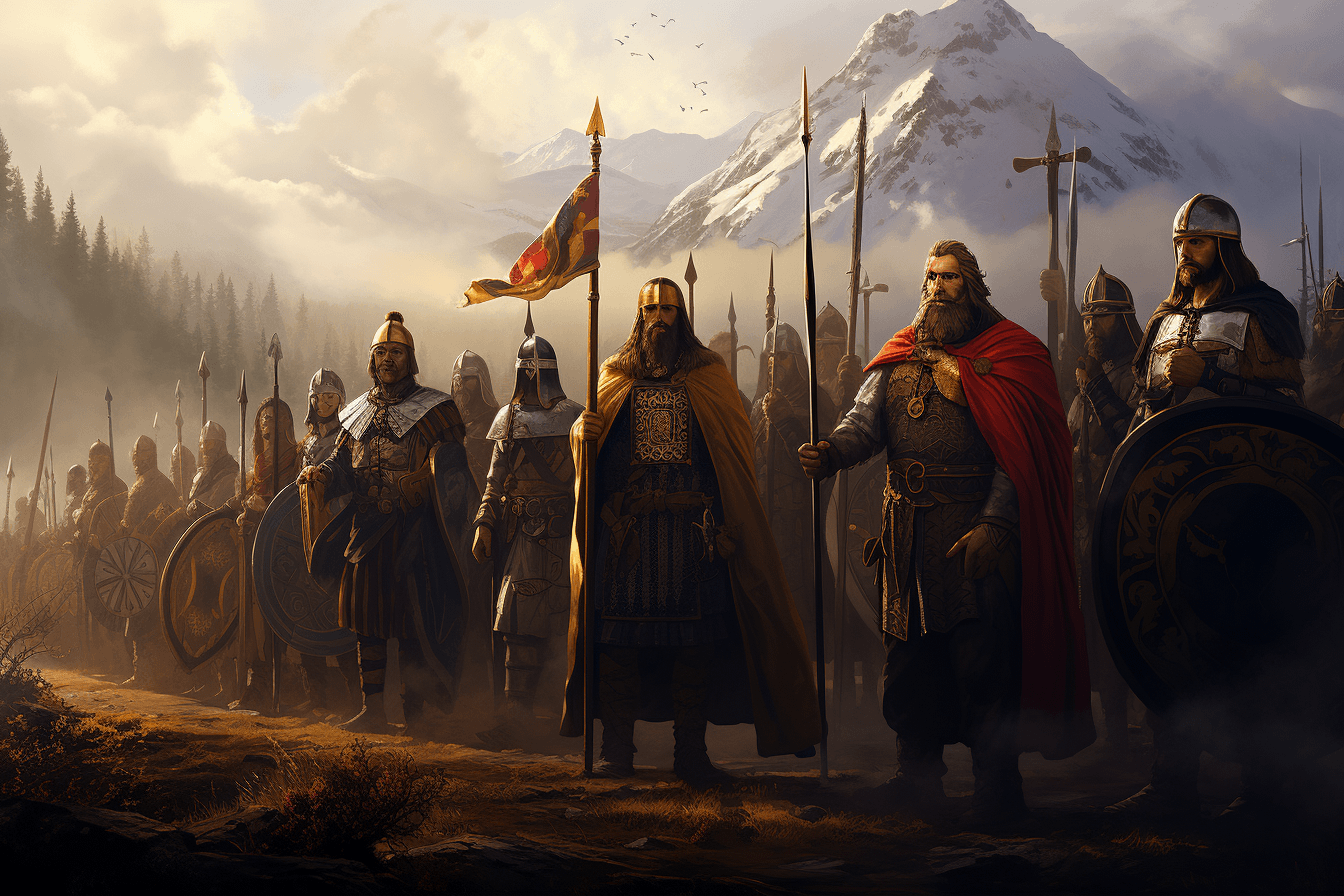
The scene we enter is in the first decades of the 11th century Norway - Scandinavia.
It is a period of great changes and struggles in the society of the Northern people. The establishment of a new religion, Christianity, is ongoing with a new system of centralized power to a single king and his court challenging the ancient power system of family clans.
The story climax in the Battle at Stiklastad in the year 1030, the biggest battle ever fought in Scandinavia in older times.

From the early 9th century, a powerful and wealthy family dynasty rose up on Bjarkøy island and later became one of the most powerful families in Norway.
The dynasty had strong links throughout Scandinavia, Russia, and continental Europe, and was led by its chief, Tore Hund. This northernmost powerhouse became a dramatic player in Norwegian history in the 10th century when Christianity was introduced in Norway.
This is the truly saga from the Viking era. Our storyline is based on written sources from the Middle Ages, rendering the series an authentic aura of past times and at the same time dramatized and written out with an associative power to modern times. As we depict it, it is a story of a process – not necessarily a progress.

The main characters representing the feud in question are king Olav and Tore Hund.
The third character in line is Kalv Arnesson, whose loyalty swings between the two.
Tore Hund is a renowned and leading chieftain living on Bjarkoy island in Northern Norway He has an interesting aspect as he is deeply related to the Saami-people of the North, both through family-ties and a rich trading business with valuable goods from the northern territories.
As the underlying motive for king Olav’s siege to the Northern territories is economical, this is represented in rhetorical manner as a battle against the dark forces of heathendom.

King Olav fight for the Christian World Order, where the king is seen as a tool and a mediator for the will of God.
There is an interesting twist in king Olav’s character stemming from his background as a fierce Viking-warrior, although seemingly touched by the new ethics and teachings of Christianity.
However, as he is challenged by the established rule of power the old Viking blood is fueled, giving an opportunity to depict these contrasts in his nature where the Viking side seems to gain more and more terrain in his soul.









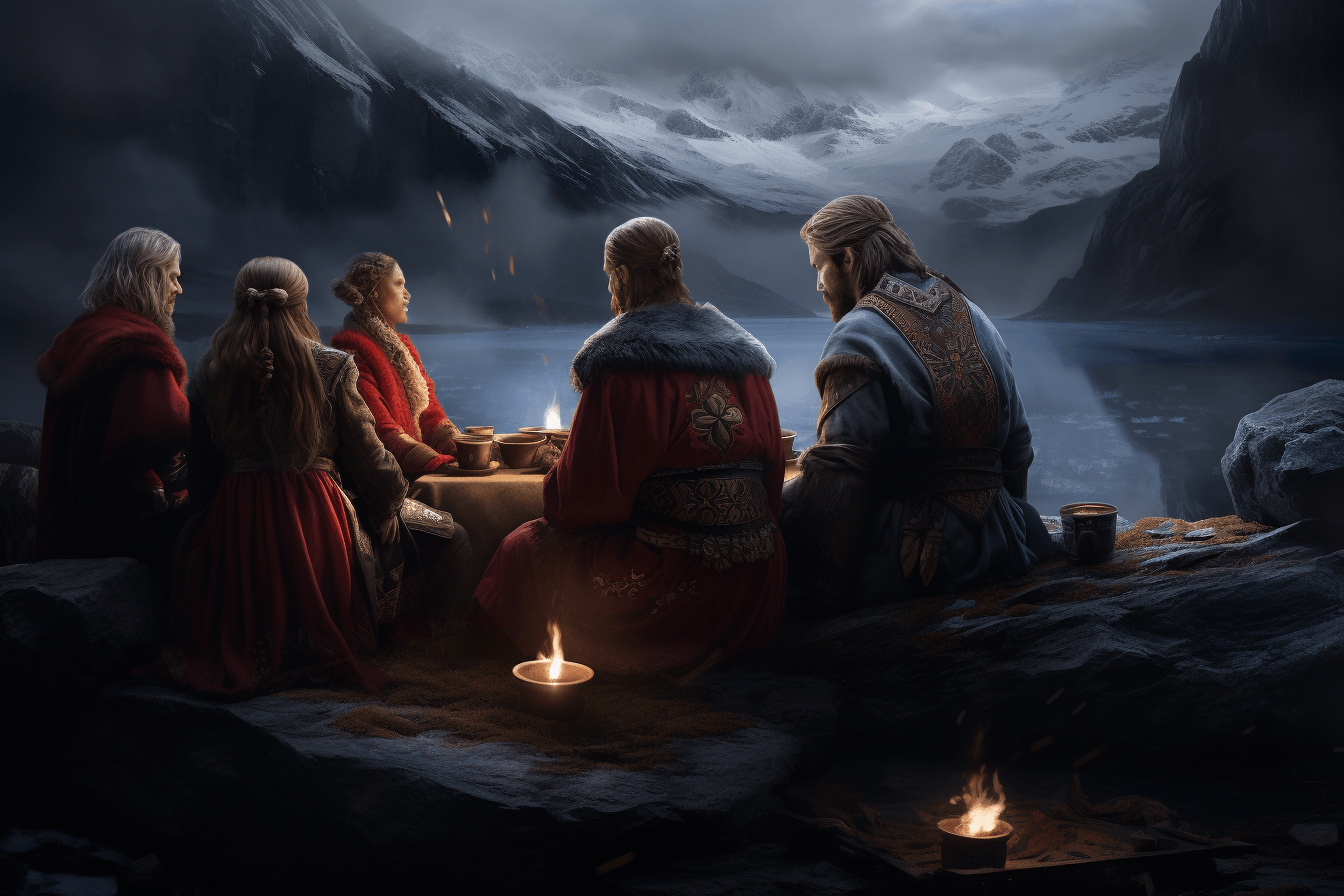


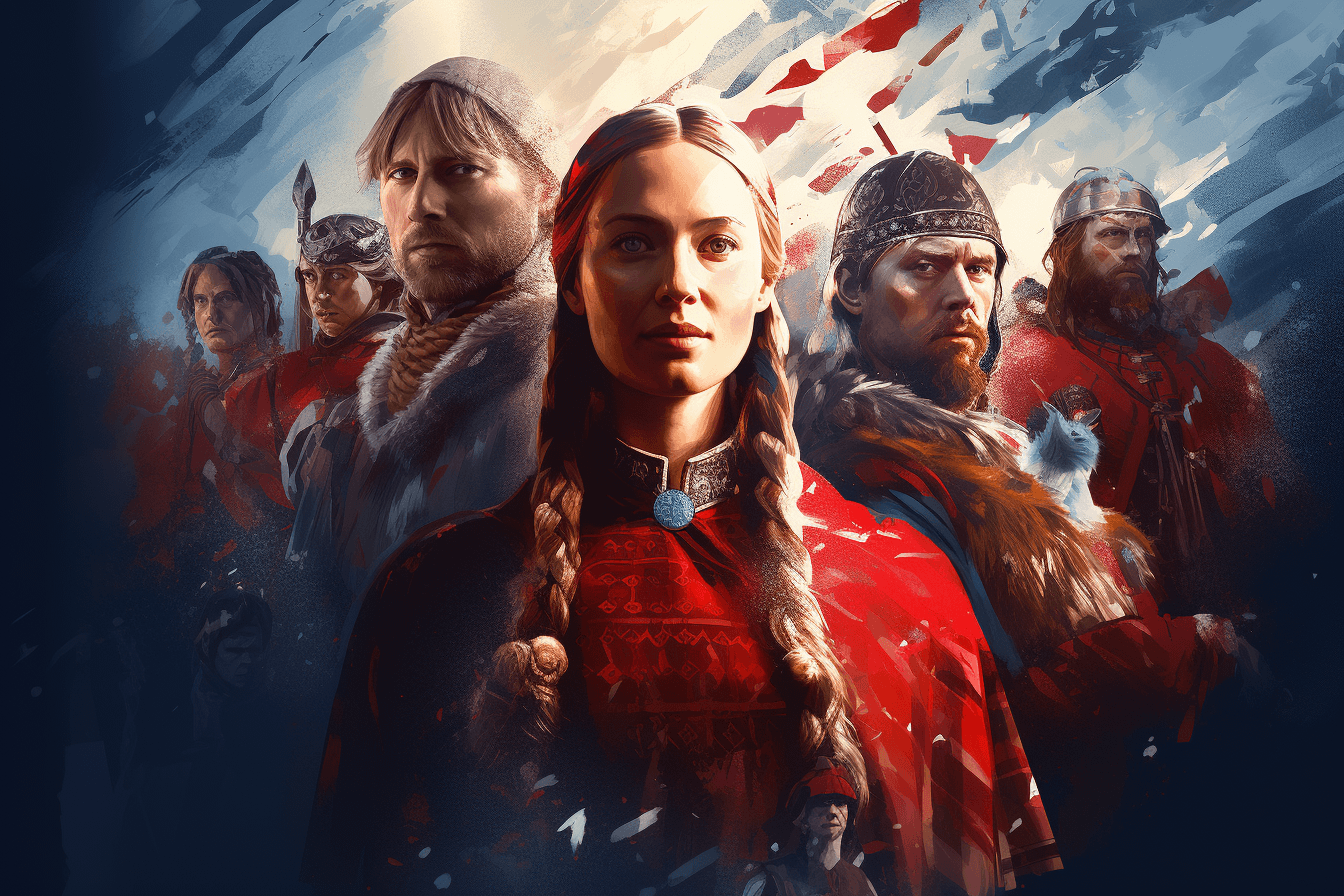

The Gothic historian Jordanes in his work De origine actibusque Getarum ( also known as Getica ), written in Constantinople c. AD 551, mentions a people "Adogit" living in the far North. This could be an old form of háleygir and a possible reference to the petty kingdom of Hålogaland.
People of Adogit, later Hålogaland believed in the gods of Odin, Thor and Freyr, and in their supernatural magical powers, and in places far away everyone welcomed the preaching of Jesus Christ.
The wealth of the Bjarkøy dynasty and the trade links that the family had with the Sami tribes of the North gave them access to unique raw materials. Kings and leaders of the south were more than interested in getting a part of these valuables. However, life in the beautiful landscapes of the high North was, for these reasons and more, not always lived in peace and harmony. The 8-episode TV drama “Adogit” reveals these old sagas, and answers questions about where the wealth came from, who were these powerful people of the high North, and how did they live in their peace and their wars.

When we enter the story Norway has been ruled by petty kings since the dawn of civilization, by family-clans who have had control over parts of the country and parts of the sailing route along the coastline of Norway. This old structure is now being challenged.
In these historical circumstances, religion and politics are interwoven, leading to the fact that it becomes a religious or ideological war between heathendom and Christianity, between the patriarch-system of clans and the aggression of a centralized power with a new set of beliefs and ideology.

